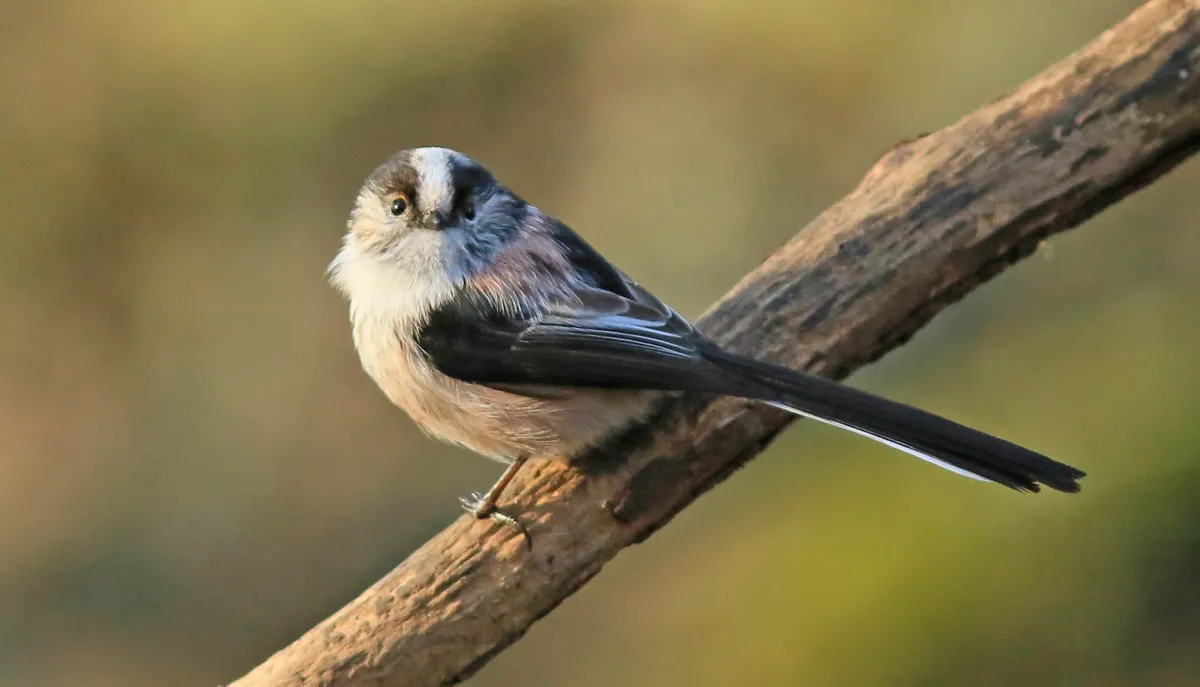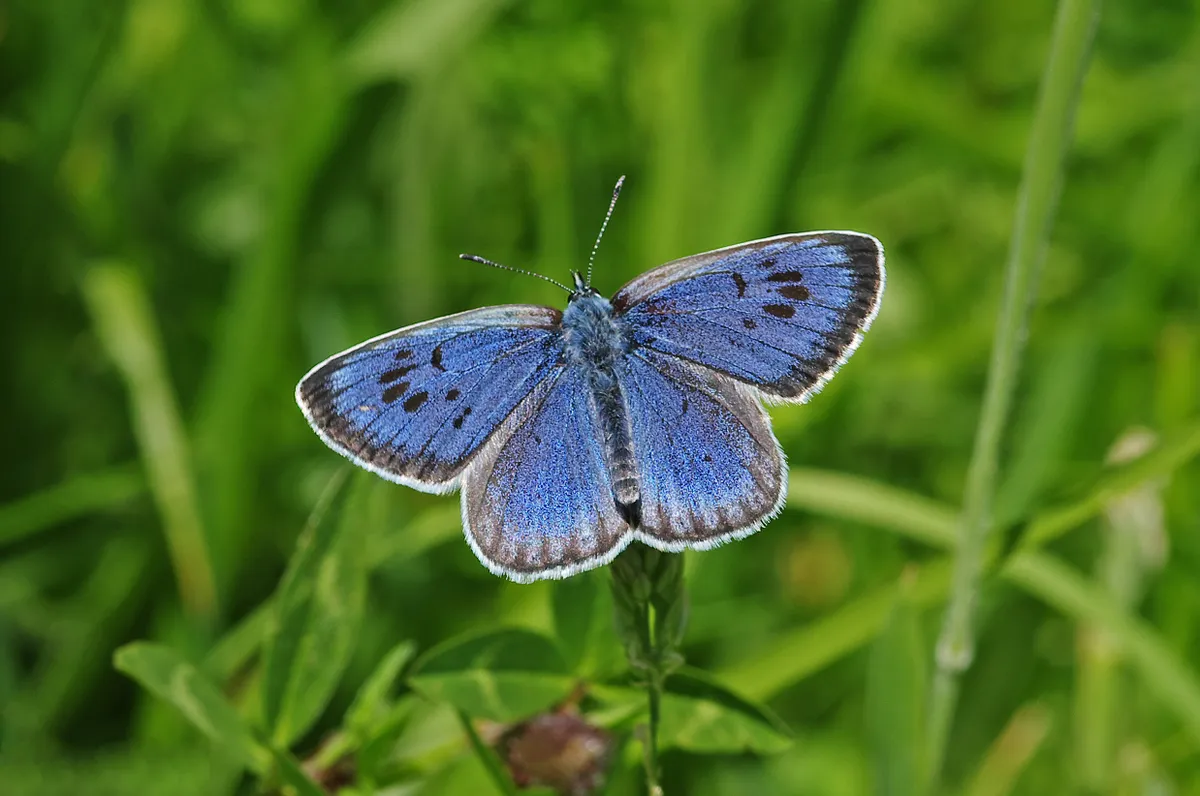From the charismatic and enchanting lemur to the mysterious leatherback turtle here are 12 fascinating animals starting with the letter 'L'.
14 animals starting with 'L'
Lemming
Lemmings are found throughout Scandinavia at elevations of 600–2,450m (usually above 1,000m). They live in complex, branching tunnels beneath the frozen ground. Look – and listen – out for these colourful rodents standing their ground and even yapping angrily to deter intruders.
Lemon shark
The yellow hue of the lemon shark’s skin provides camouflage against the sand whilst it hunts for its prey of fish, crustaceans and even smaller sharks. It can grow up toe 3.7m in length, and weigh up to 250kg.
Ladybird spider

A very pretty European species, the ladybird spider is named for the black and red colouration of the male. It was rediscovered in the UK in 1980 on a Dorset heathland. Its range is still limited, but conservation work is ongoing to improve the species’ outlook, including reintroducing it to other heathlands.
Large marsh grasshopper

The largest and rarest grasshopper in Britain, the large marsh grasshopper’s population was reduced to a few sites in the New Forest and Dorset. It has been reintroduced to Norfolk and is continued to be bred in captivity by citizen scientists for future releases. By Aiwok - Own work, CC BY-SA 3.0, https://commons.wikimedia.org/w/index.php?curid=11473413
Leatherback turtle
An occasional visitor to British waters, the leatherback turtle is the world’s largest turtle and measures more than two metres in length. It primarily eats jellyfish – which can cause a potentially fatal problem when it mistakes a plastic bag floating in the water for a jellyfish and tries to eat it.
Little curlew

The little curlew is the smallest of the curlew species, and has a relatively short bill. It is most closely related to the now probably-extinct Eskimo curlew. The species breeds in Siberia, and migrates to Australia for winter along the East Asian Australasian Flyway.
Leopard

One of the five ‘big cats’ of the Panthera genus, the leopard is found across Africa and Asia – though it was once found in Europe too. Unlike the pride-forming lion, it is a solitary cat except when mating or when a female is raising her cubs.
Little owl
The little owl is a non-native species in the UK, introduced in the 19th century, and is the smallest owl species found there – it measures just 22cm in length and weighs roughly 180g. It is absent from Scotland and Northern Ireland.
- What is the smallest owl in the world?
- British owl species: how to identify, diet and where to see
- What's the biggest owl in the world?
- How do owls twist their heads so far round?
Lobster moth

The name for this moth species comes from the caterpillar rather than the adult, as it has an odd crustacean-like appearance. The caterpillar can grow up to seven centimetres in length and, if disturbed, the caterpillar will try to put off a predator by arching its head back over its body.
Long-tailed tit

Sometimes affectionately referred to as ‘flying lollipop sticks’ thanks to their long tails, long-tailed tits are a charming and pretty bird of gardens and woodlands. They build nests out of moss, cobwebs and lichen.
Large blue butterfly

So-named because it is the largest blue butterfly found in the UK, the large blue is also the rarest of the UK blues and actually became extinct in 1979. It was reintroduced and now has a number of small populations in south-western England.
Lemur
Endemic to Madagascar, lemurs are a fascinating group of primates which are closely related to lorises and bush babies. They face a range of threats, and 98% are deemed to be endangered.
Ladybirds

Ladybirds (known as ladybugs in some countries) or Coccinellidae are one of the 103 families of beetles in Britain. Ladybirds are indeed varied, ranging in appearance from dull brown to bright yellow and black. Though some ladybirds have patterns verging on checks and streaks, a spot is the simplest pattern for them to develop
Lionfish
Capable of striking fear into the heart of divers and snorkellers everywhere, the lionfish is as dangerous as it is beautiful. That’s because in amongst their softly fluttering fins are more than a dozen spines able to deliver a dose of powerful venom that causes extreme pain and, in rare cases, symptoms including temporary paralysis, shortness of breath and nausea - definitely worthy of a place on our deadliest sea creatures in the world list.

